Few things make us feel more fierce than a killer heels dance class. Choreo to Ariana Grande’s “7 Rings” just flows better when wearing a sexy pair of stilettos, just sayin’. But the options for heels are practically endless — search “dance heels” and you’ll find yourself inundated with ballroom dance styles, Latin shoes, and strappy sky-high stilettos that you might wonder how you’d even walk in without breaking an ankle , let alone dance in. Lucky for you, we’ve been doing this for a while (there’s a reason why our clients love our heels classes!), and we have a few suggestions when it comes to what to look for in a shoe for a heels dance class — from budget-friendly to bougie and everything in between.
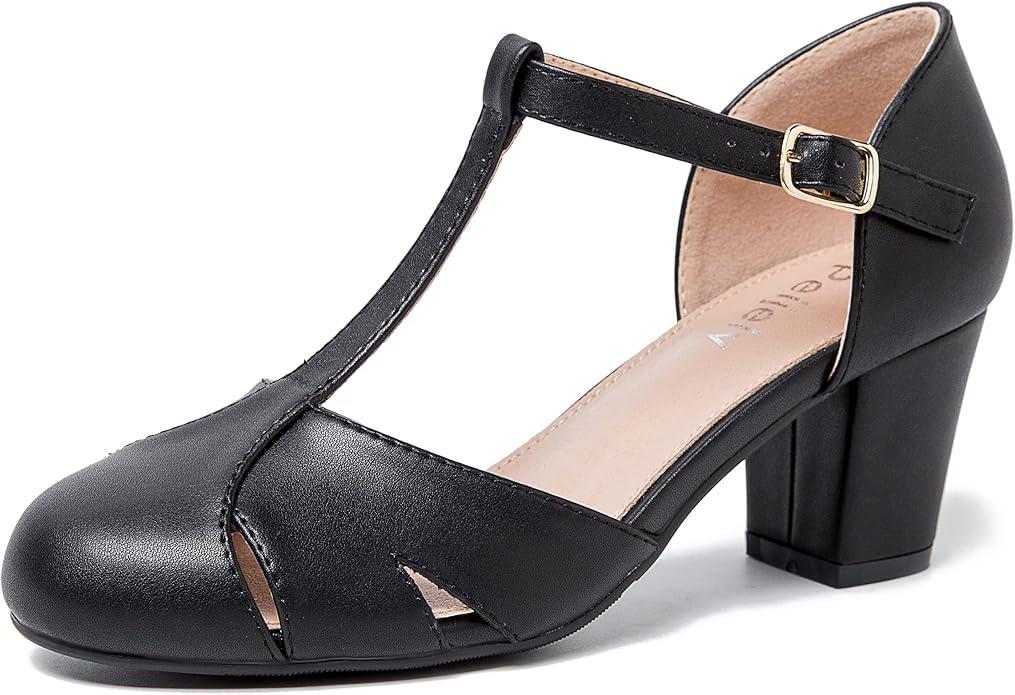
A block heel
If you’re just getting started with a heels dance class and need a bit more stability, consider a thicker block heel. The chunky, sturdy heel will help you feel more supported in the studio than its skinnier counterparts. Then once you’ve gotten more comfortable, you can move on to more of a stiletto style. (Amazon)
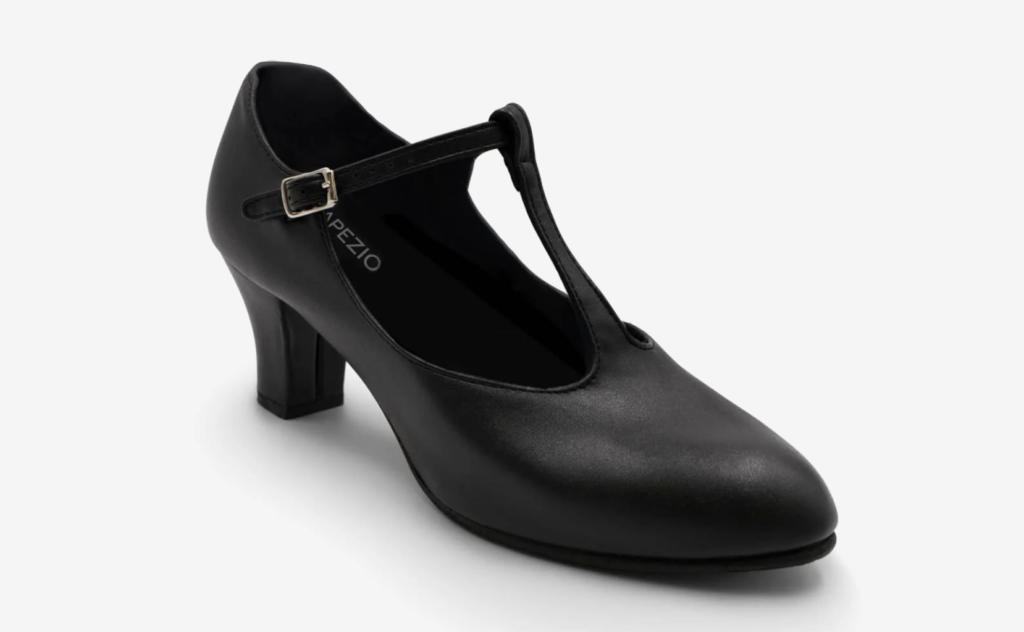
A low heel
Another must for beginners — a low heel height. Anywhere from 2″ to 3″ is ideal for a classy heels. The sky-high styles may look hot, but you don’t want to feel all wobbly while embracing your inner Janet Jackson. (Capezio)
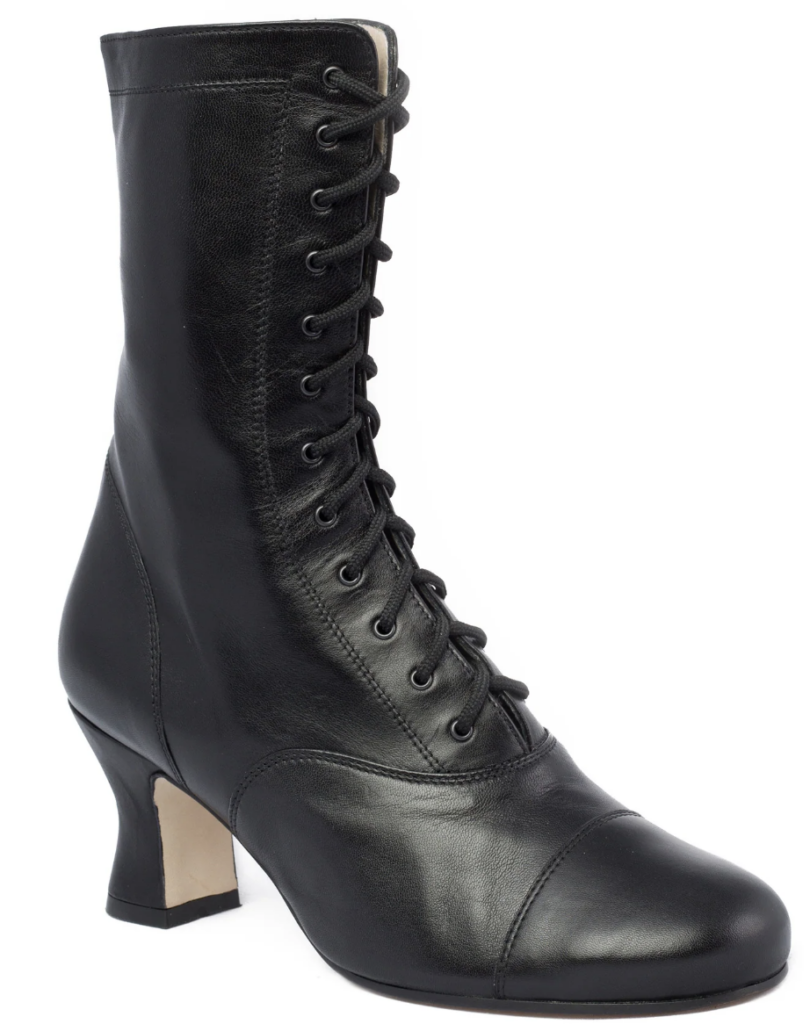
Ankle support
Selecting a shoe with ankle support is a major plus, as the extra material around your joints offers that extra dose of stability when dancing. Bonus points for a lace-up style, so you can tighten it as needed for added strength and support. (LaDuca)
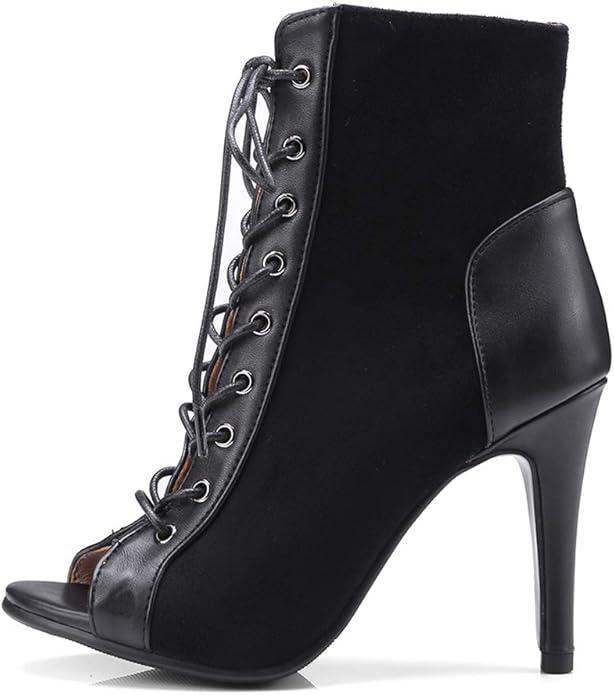
An open toe
Open-toed shoes are often ideal for fast-paced dancing, which is why you’ll often spot them in salsa dances and Latin routines. The open-toed style allows for more flexibility of movement. (Amazon)
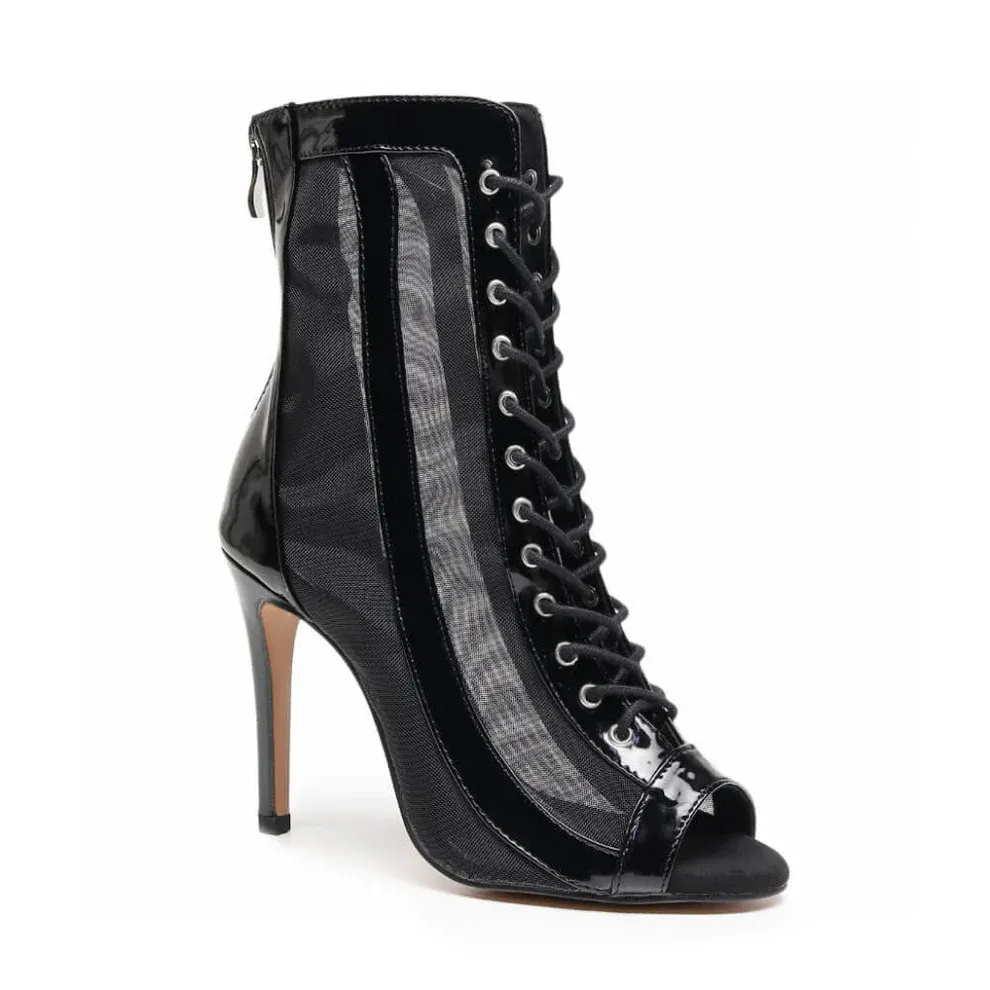
A thin sole
Trust us, platform heels are way harder to dance in. A thinner sole keeps you closer to the ground, giving your feet more contact with the floor while dancing. Also, consider the material of the sole — suede (which you will find in many dancewear companies) makes for smoother turns but cannot be worn outside, while street soles may offer better traction and control and require less maintenance. (Burju)
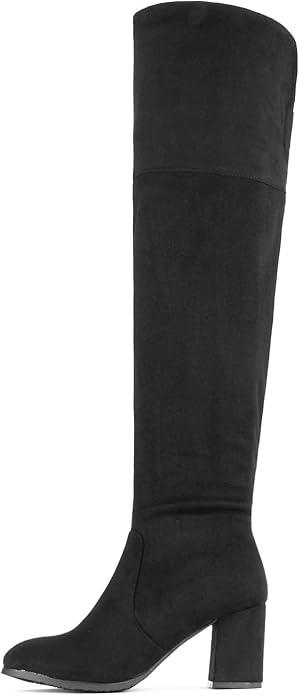
Over-the-knee boots
Tall boots that go over the knee serve double duty — not only do they provide ankle support, but they protect your knees if doing floor work during a routine. The thin sole and chunky heel are the cherry on top. (Amazon)
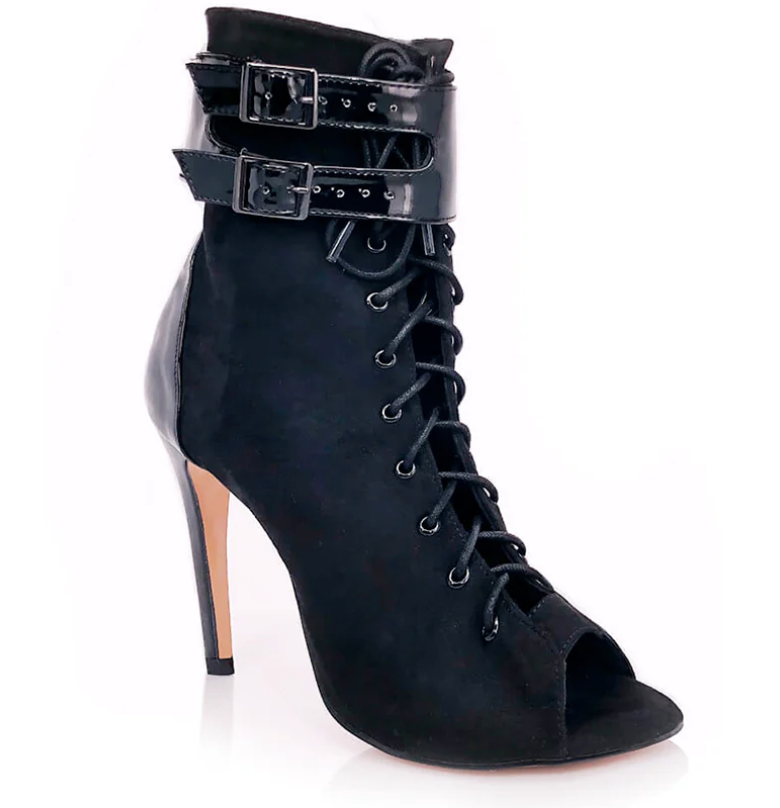
A stiletto heel
Dance heels feature one of two shapes — flared or stiletto. The flared shape is more suitable for Latin and ballroom dancing, but it can be useful if you are still adjusting to dancing in heels and need a bit more support. But when it comes time to invest in a pair of dance heels, we prefer the stiletto look every time! (Adore Dance Shoes)
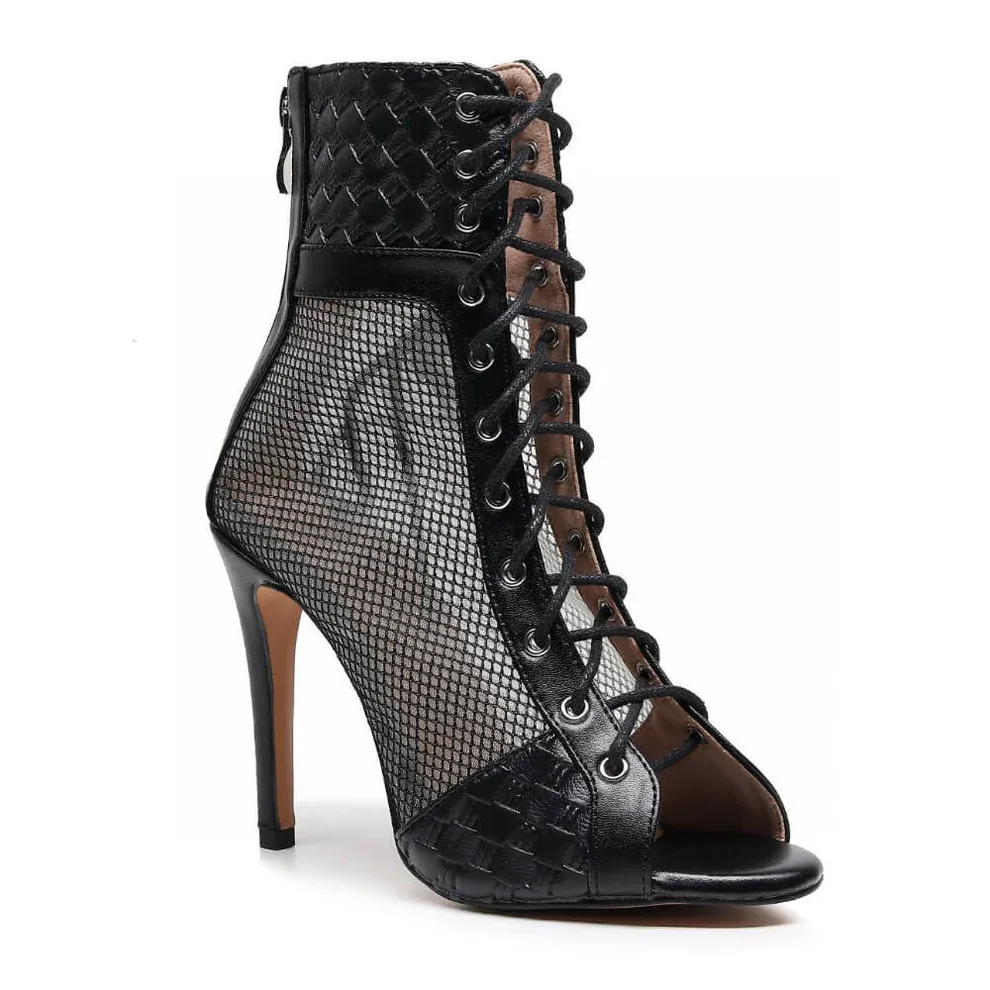
A zipper for easy on-off
If choosing a tall boot or lace-up heel with ankle support, make sure there is a zipper on the side or back for ease of use. Quickly having to lace up your shoes before your heels dance class or struggling to take them off before cool-down can be a pain. (Burju)
